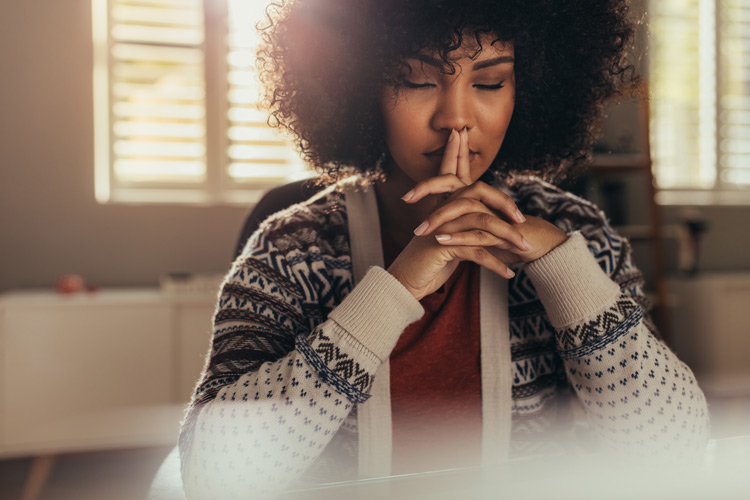What Is Urge Surfing?
 Learning to cope with cravings is one of the main challenges you’ll face in early recovery. Urge surfing, a concept pioneered by the late psychologist Alan Marlatt, can help.
Learning to cope with cravings is one of the main challenges you’ll face in early recovery. Urge surfing, a concept pioneered by the late psychologist Alan Marlatt, can help.
About Urge Surfing
Marlatt was a leading clinical psychologist in the field of addictive behaviors from the 1980s through the 2000s. His work focused on brief interventions and relapse prevention. His research was supported by a number of prestigious organizations, including the National Institute on Alcohol Abuse and Alcoholism (NIAAA) and the National Institute on Drug Abuse (NIDA).
Marlatt defined urges as the impulse to engage in old habits, such as drinking or using drugs. He noted that urges are often experienced as physical sensations within the body. For example, headaches, tension, a pins-and-needles sensation, or a queasy stomach often accompany urges related to substance abuse.
Urge surfing encourages you to acknowledge the sensations you’re experiencing without passing a value judgment or acting on them. Researchers have established that cravings are a normal part of the recovery process. They do not mean that you have no willpower or that you’re not cut out for a sober life. They are simply a sign that your body is still adjusting to life without drugs and alcohol. Urges can be intense in the early stages of recovery, but they will naturally diminish over time.
In gaining a greater awareness of the sensations associated with your cravings, you diminish their power. You begin to realize that cravings are only temporary and you don’t need to act on them. You can simply ride the wave of what you’re feeling until the craving passes and you’re able to direct your attention to other matters.
How to Practice the Technique
Urge surfing can be thought of as a mindfulness technique. The concept of mindfulness is already incorporated into many types of substance abuse treatment, including mindfulness-based cognitive therapy (MBCT), dialectical behavior therapy (DBT), and mindfulness-based relapse prevention (MBRP). It’s been shown to improve self-esteem, reduce anxiety, ease symptoms of depression, and promote greater awareness throughout the recovery process.
Like other forms of mindfulness, you don’t need any special supplies or equipment to practice urge surfing. Here’s what you do:
- Find a quiet and comfortable place to sit. Closing your eyes can help you focus.
- Bring your attention to the areas of your body affected by the urge. For example, does your mouth water when you experience the urge to drink?
- Describe the sensations you feel in a calm, objective way. If you’re experiencing sensations in more than one part of the body, focus on the most intense sensations first.
- Bring your attention to your breathing, without changing your breath.
- After one or two minutes, shift your attention back to the parts of the body that are experiencing the urge.
- Alternate between focusing on your breathing and the parts of your body experiencing the urge sensations until your craving subsides. Think of the craving as a wave and your breath as the surfboard. Waves rise and fall, but a surfboard helps you stay upright and in control.
- When you feel the intensity of your urge has dropped to a manageable level, get up and continue with your day.
Some people find it helpful to listen to an audio recording of the technique to provide guidance. There are several different tutorials on YouTube, including a recording from a professional mindfulness teacher on the TurnTeam channel.
Do not be discouraged if you find urge surfing to be difficult at first. Mindfulness techniques take time to master. In today’s fast-paced world, we’re not used to focusing on just one thing. Calming the mind will get easier with practice.
Finding a Method that Works for You
While urge surfing has proven to be helpful for many people, it’s not the best choice in every circumstance. No two people are exactly alike, which means an approach to recovery must be customized to fit individual needs.
If urge surfing doesn’t work for you or you need additional forms of support, other ideas for coping with cravings include:
- Move away from the situation that’s triggering the craving.
- Take a hike, go for a bike ride, or engage in some other outdoor activity you enjoy.
- Distract yourself with a book, movie, or music.
- Journal about what you’re feeling.
- Reach out to your sponsor or a friend you can trust to guide you through your cravings without judgment.
At St. Joseph Institute for Addiction’s Pennsylvania substance abuse treatment center, we’re committed to your success. We provide a full continuum of care for men and women struggling with drug and alcohol addiction, including aftercare support designed to ease the transition back to independent living. Our experienced clinical team will work with you to discover the best way to get your cravings under control so you can focus on building your sober future.
To learn more about SJI, addiction treatment near Pittsburgh, and our programs, please contact us at (814) 228-8881.
